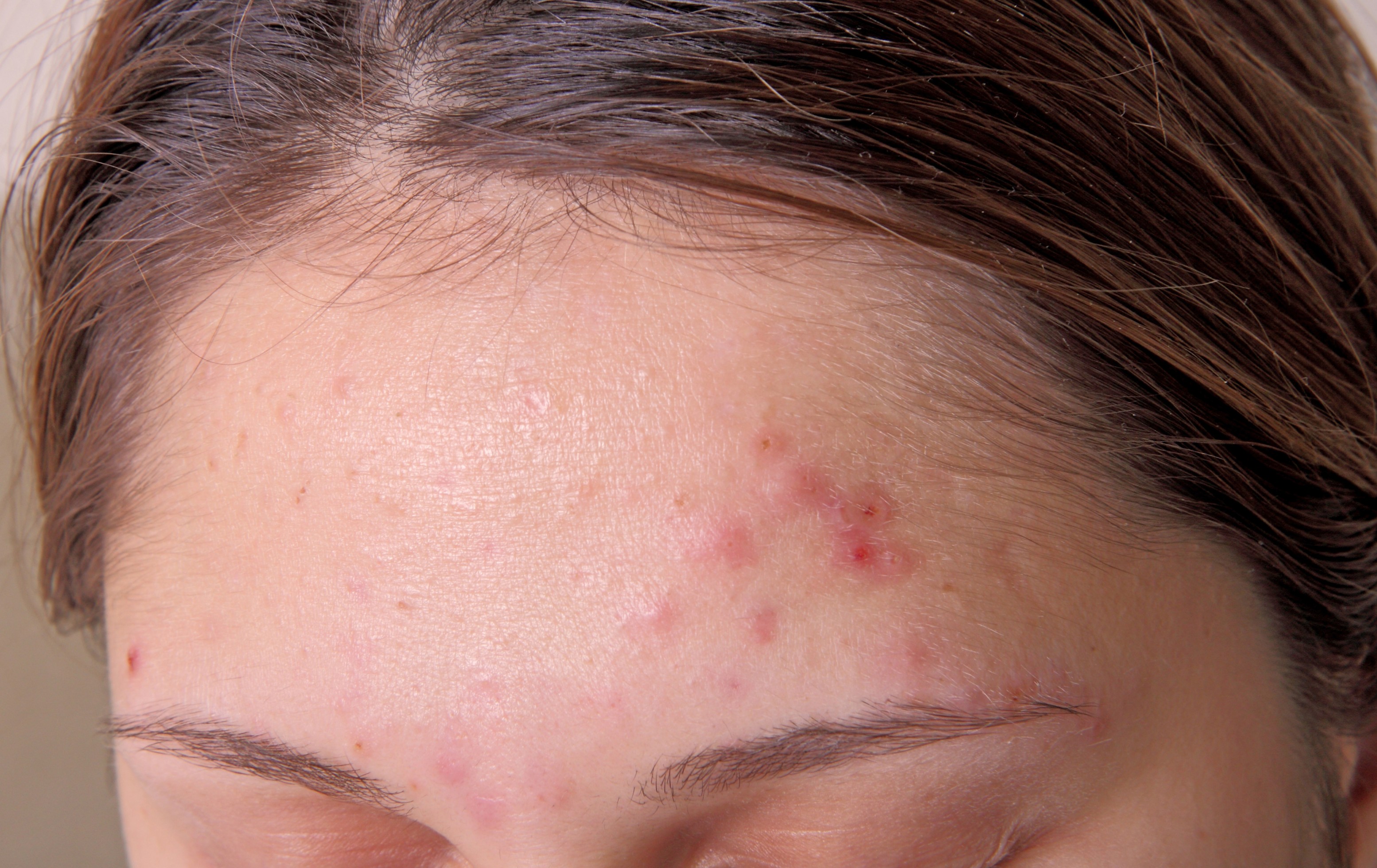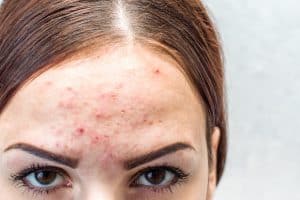With conversation around staying safe in the sun, there’s no way we can miss discussing UV or ultraviolet radiation. There are various kinds of rays present in the sunlight, and the most harmful ones are UV rays. The more you are aware of the rays, the better you can protect yourself.
What Do You Understand by UV Rays?
You’ll be surprised to know that the sun doesn’t emit one light. Instead, it sends a whole spectrum of light to the Earth. Some are visible and some are not. The human eye cannot see UV rays, whereas some animals can. You may not even feel it unless you come across specific changes in your skin or body. UV rays are a kind of electromagnetic energy that can come from both natural and artificial sources. Some examples of natural sources include the sunlight and artificial sources are tanning beds and lasers.
Get over those ideas that it’s cloudy, and there’s no need to apply sunscreen. You may not feel these rays, but they can still harm you. Hence, it is advisable to use them every day in all seasons to protect your skin.
All UV rays do not reach the Earth as most of them get absorbed by the atmosphere. However, two types of UV rays that do get in are – UVA and UVB rays.
Difference Between UVA & UVB Rays
| UVA Radiation | UVB Radiation |
| Longer wavelength | Medium wavelength |
| These rays can get deep into the layers of the skin | These rays usually affect the topmost layer of the skin |
| Leads to premature ageing, wrinkles and skin cancer | Contributes more to skin tanning and sunburns. It can also cause premature ageing along with skin cancer |
| You can get it from sunlight and tanning beds | You can get this from sunlight and tanning beds as well. |
| From the rays that reach the Earth, 95% are UVA rays | Remaining 5% are UVB rays |
| These rays can penetrate the clouds and windows | They usually get filtered by the clouds and do not penetrate windows. |
If you thought this was it, there’s more to the story. There’s another UV ray that you may or may not have heard about – UVC rays
What Are UVC Rays?
These rays never reach the ground as they get absorbed by the atmosphere. It gets entirely filtered by the ozone layer and never reaches the ground. Some examples of man-made UVC sources are mercury lamps, special bacteria-killing light bulbs and welding torches. However, UVC rays may not lead to skin cancer but can severely damage eyes and skin along with causing lesions, ulcers and burns on the skin.
How Can You Protect Yourself From UVA and UVB Rays?
Use a Sunscreen
Look for a sunscreen that mentions the term broad spectrum as it will help block both UVA and UVB rays. Based on your requirement, select a sunscreen that has SPF 30 or higher. However, remember not to assume that extra SPF will offer additional protection. Your basis for selection should be your daily activities and needs. Remember to reapply it (sunscreen) every 2 hours. Finally, opt for mineral-based sunscreens as they are better in comparison to physical ones.
Extra Protection From UV Rays
Clothes can be a great way to protect your skin from UV rays. Look for tightly woven and dry fabrics. You can also wear a hat, cap, sunglasses or use an umbrella.
Limit Direct Sun Exposure
Avoid direct exposure to sunlight between 10:00 am, and 4:00 pm as the UV rays are the strongest during this time.
Summing Up
UVA and UVB rays both can damage your skin. These rays can cause tanning, sunburn, irritation and even skin cancer. Hence, it is crucial to follow the safety measures mentioned above. No sunscreen can indeed offer 100% protection, but still, that’s not an excuse to skip applying it. You need to protect your skin as much as you can. It doesn’t mean you have to stay confined within four walls of your house but rather follow tips that can safeguard your skin in the long run.
FAQs
- What’s more harmful, UVA or UVB rays?
Both the rays can damage your skin. However, UVA rays are more harmful than UVB rays as they penetrate deeper into your skin.
- Do all sunscreens offer protection against UVA and UVB rays?
No, not all sunscreens do that. Therefore, choose broad-spectrum sunscreen as they protect against UVA as well as UVB rays.
- Which is better, SPF 30 or 50?
While buying sunscreens, keep in mind aspects such as sun exposure and activity. SPF 30 is fine if you are not someone who has to be under direct sunlight for an extended period. Otherwise, you can opt for a higher SPF. You can check with a dermatologist to help clear your doubts and suggest the right sunscreen.
- Would you need sunscreen at home?
Yes, you would need to apply sunscreen even if you are at home as UV rays can get into windows or our homes. As most of us use laptops and mobile screens, these lights can also cause sunburn and damage your skin.

